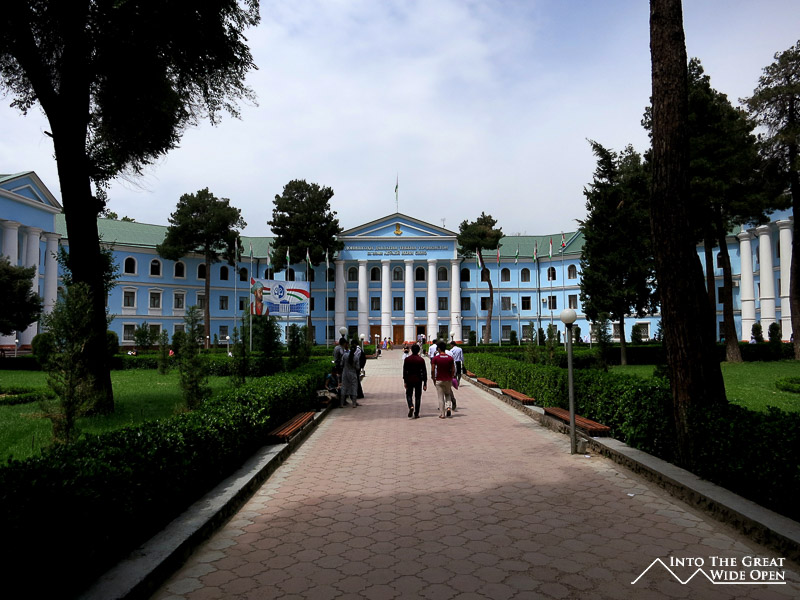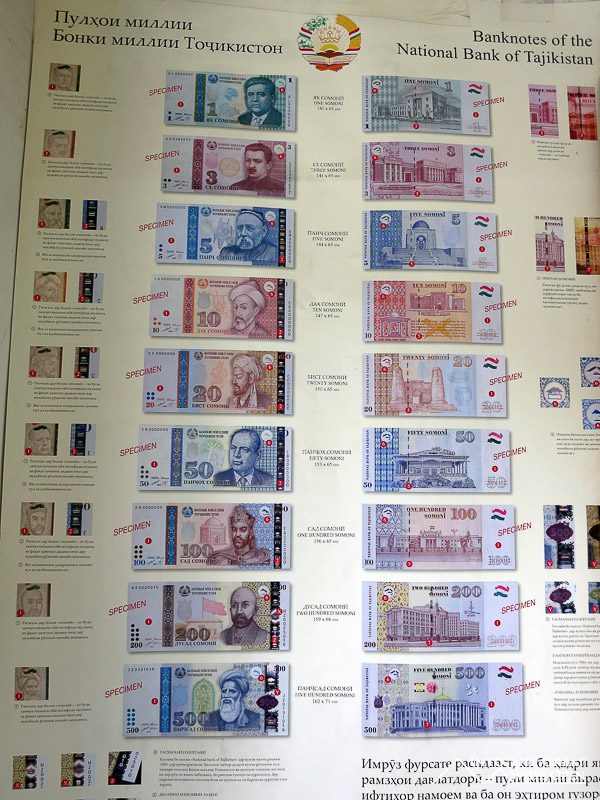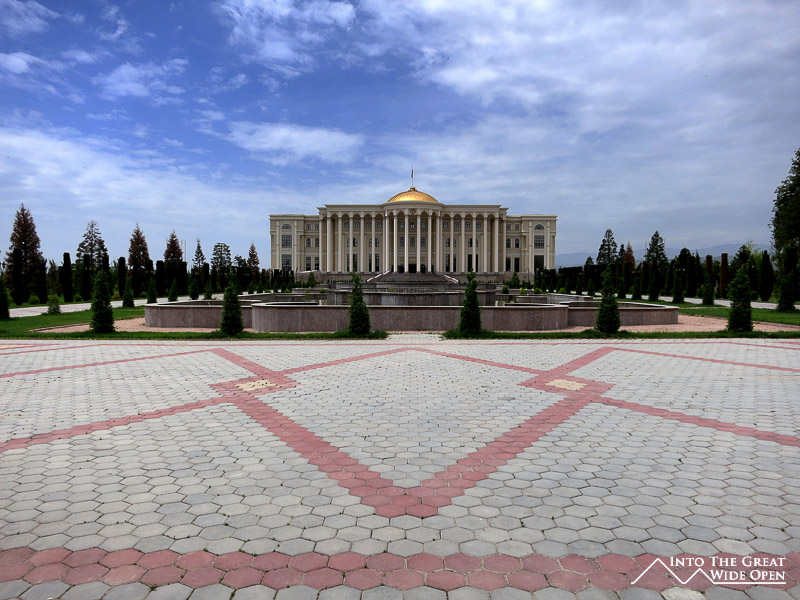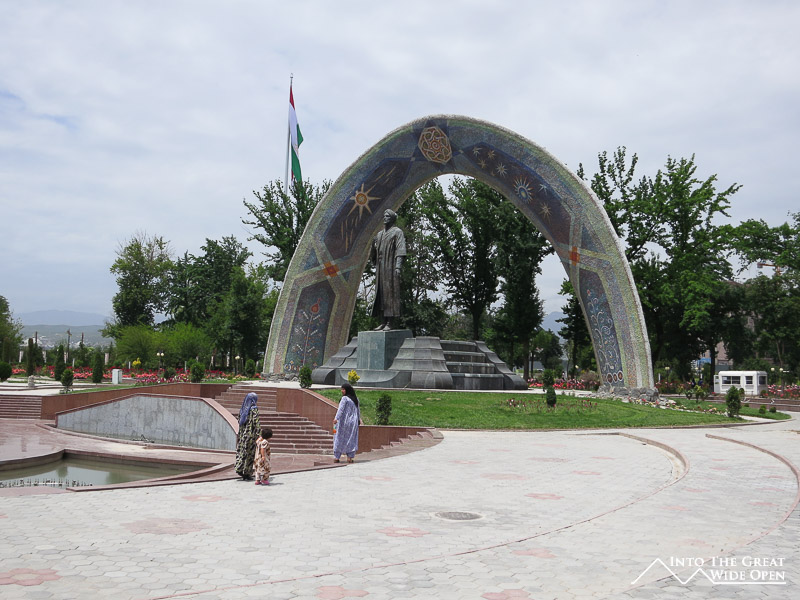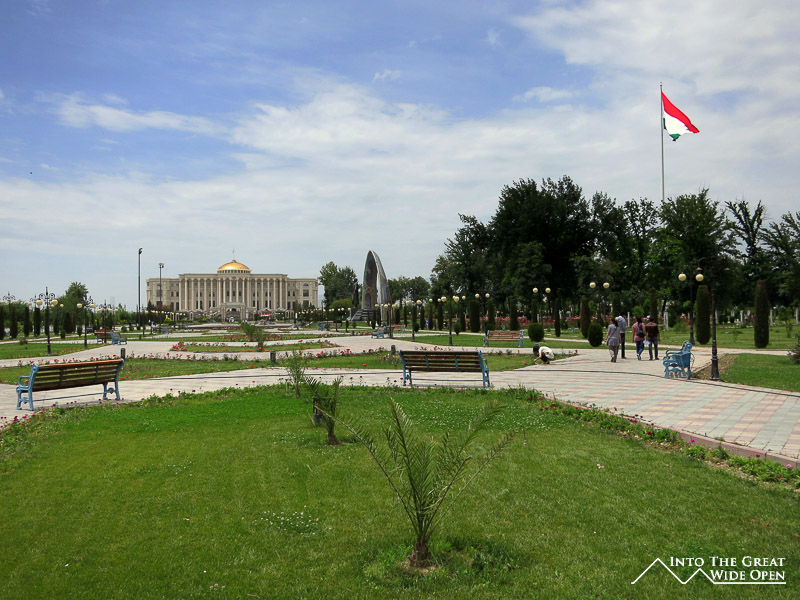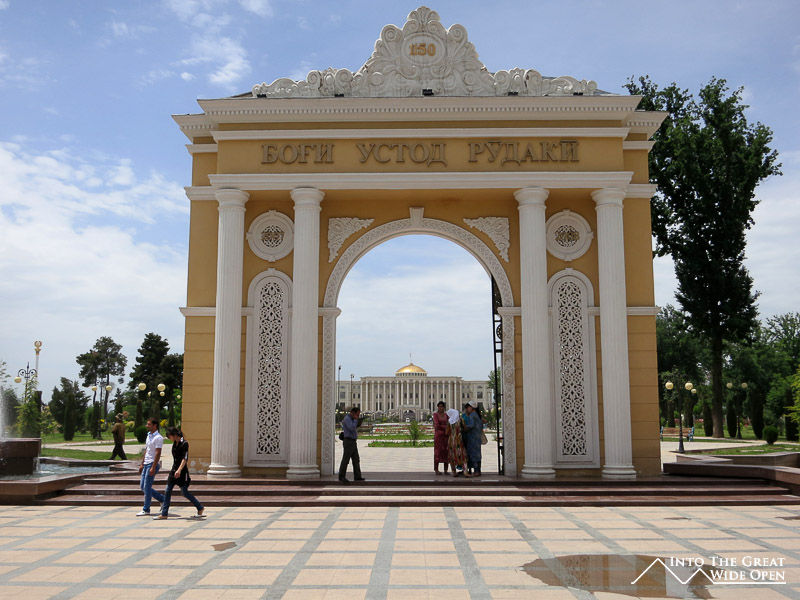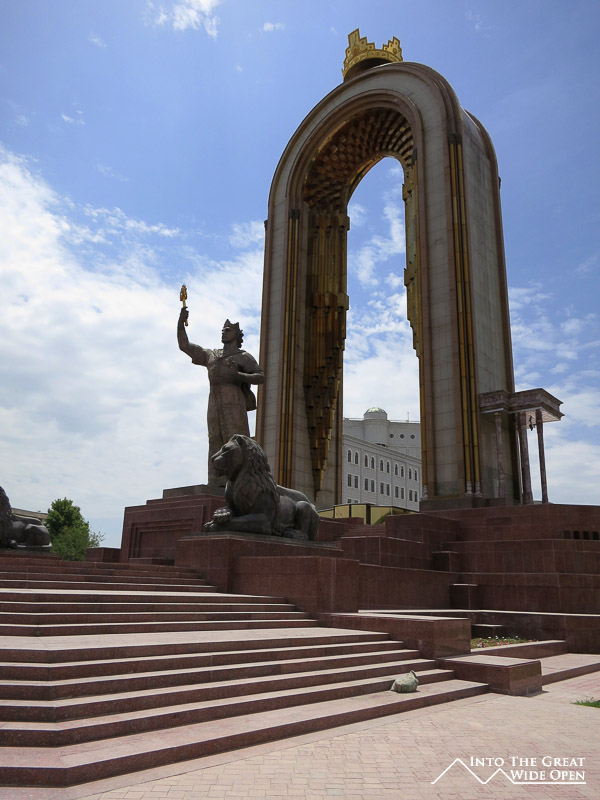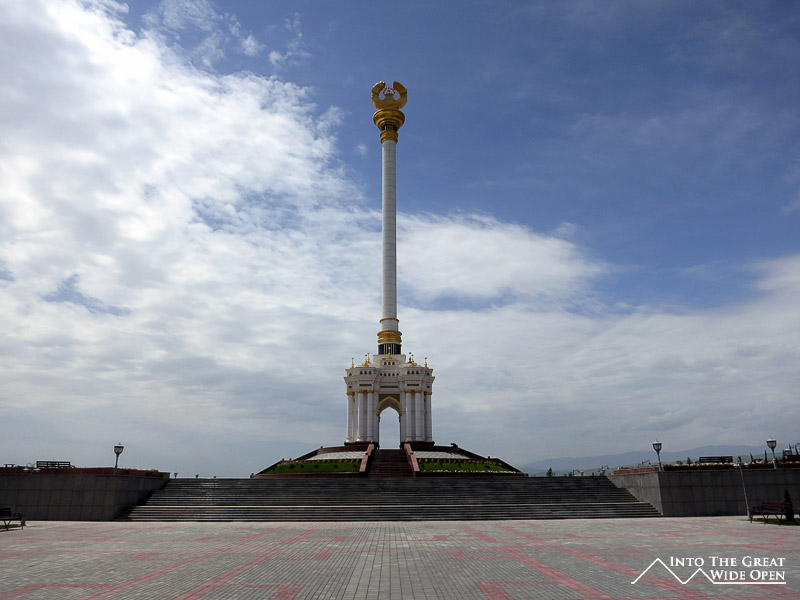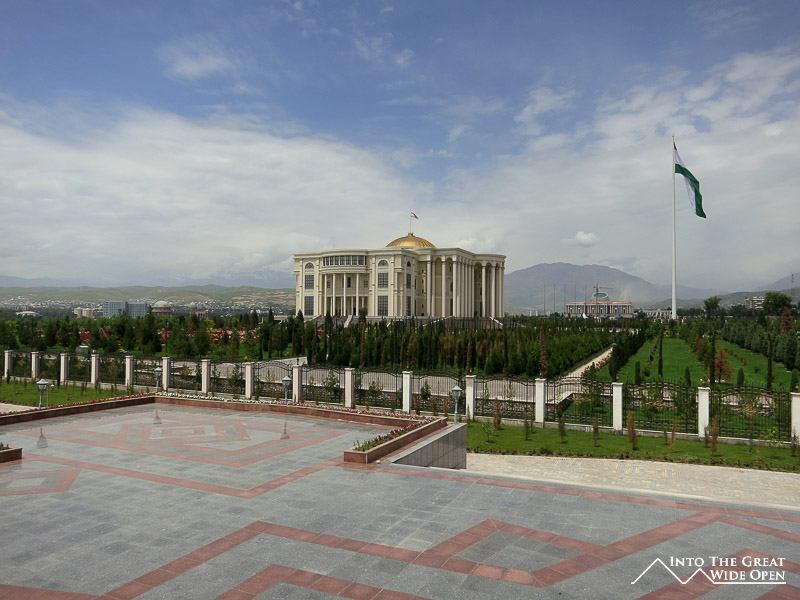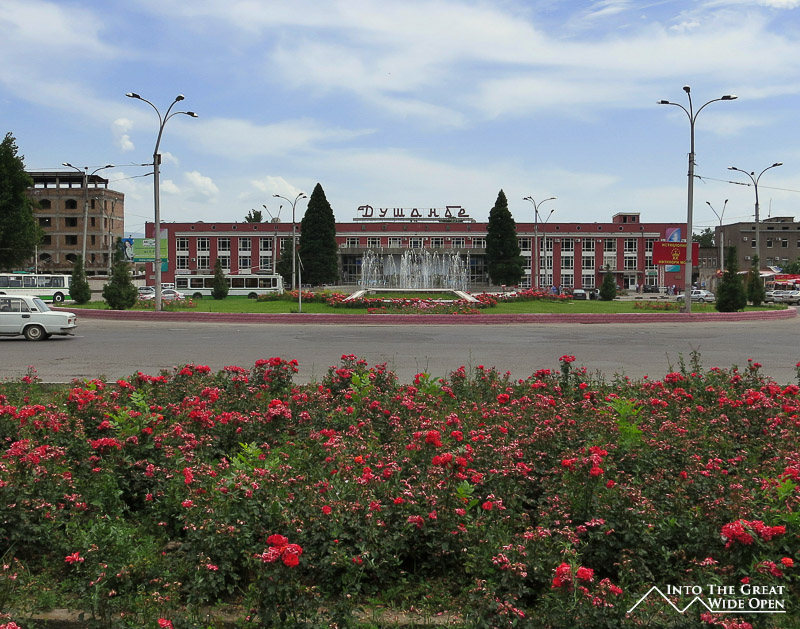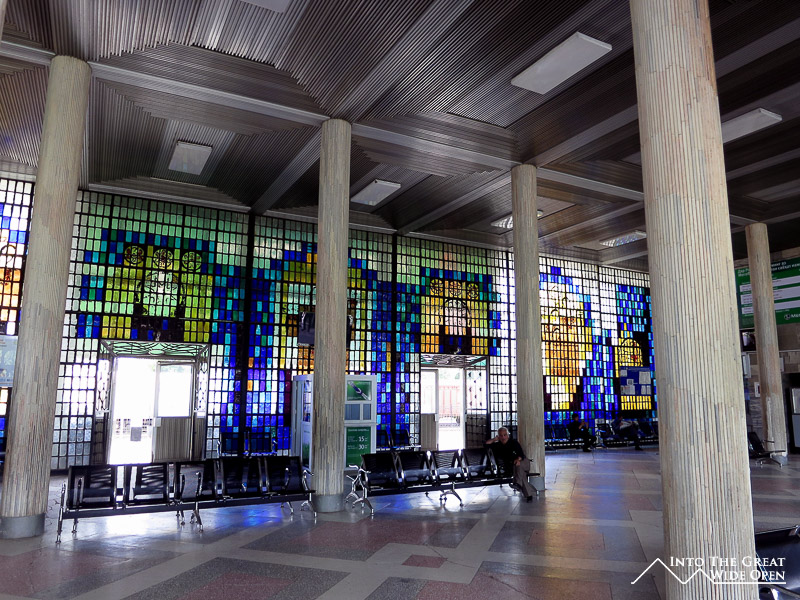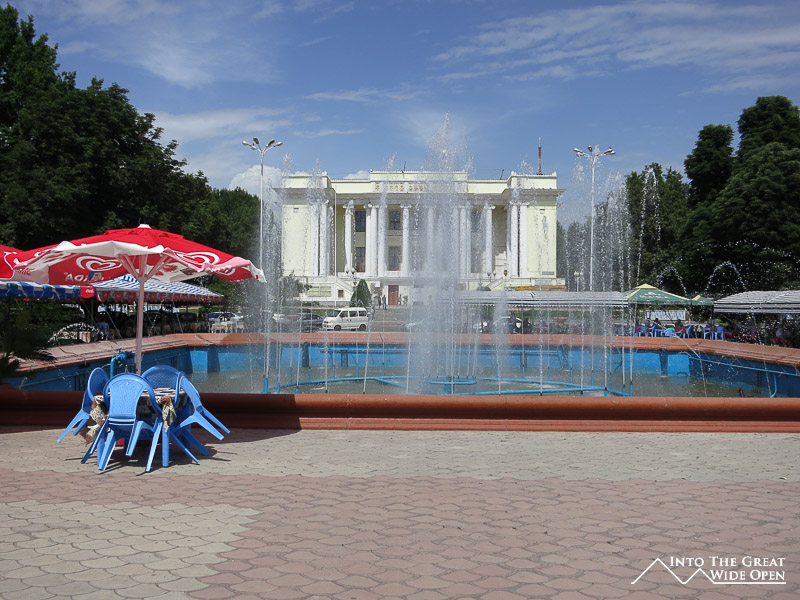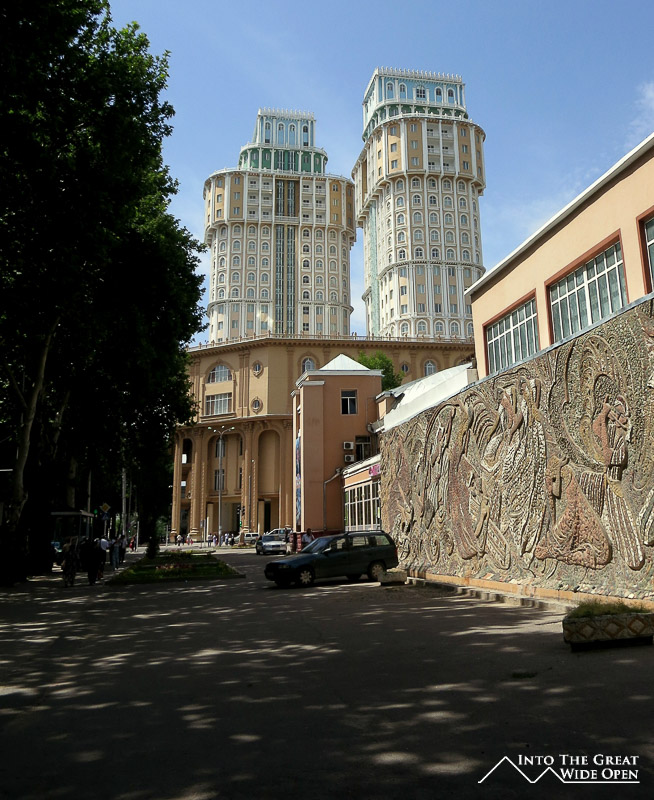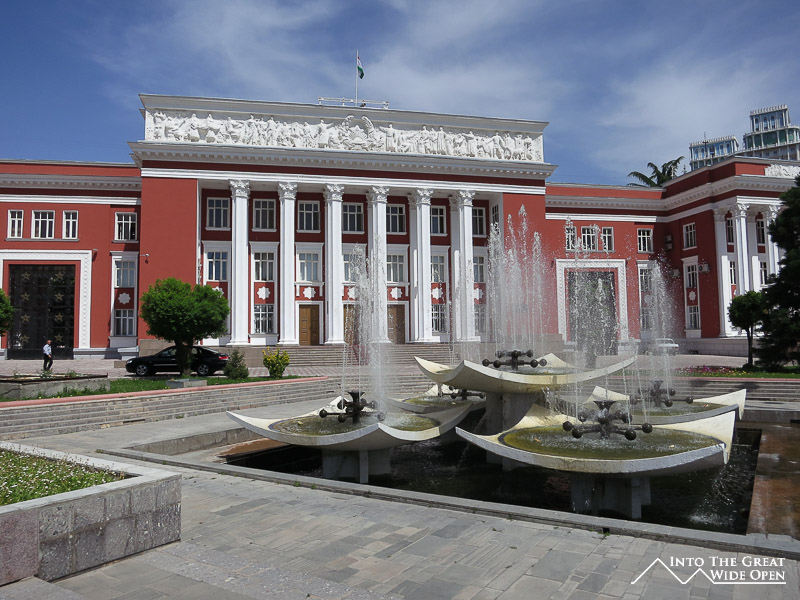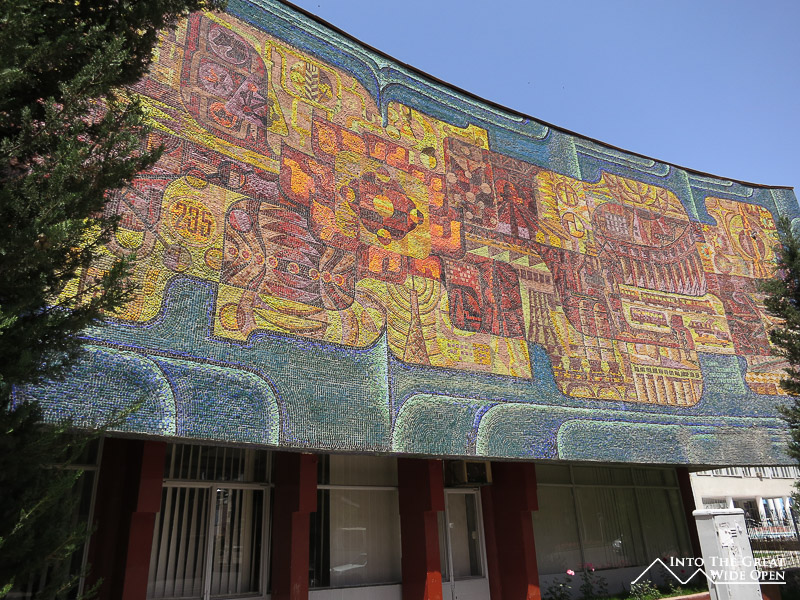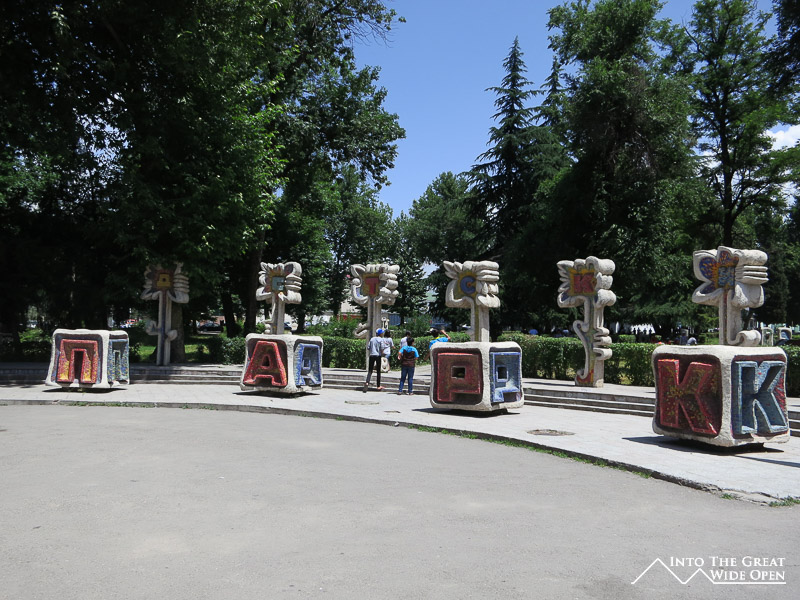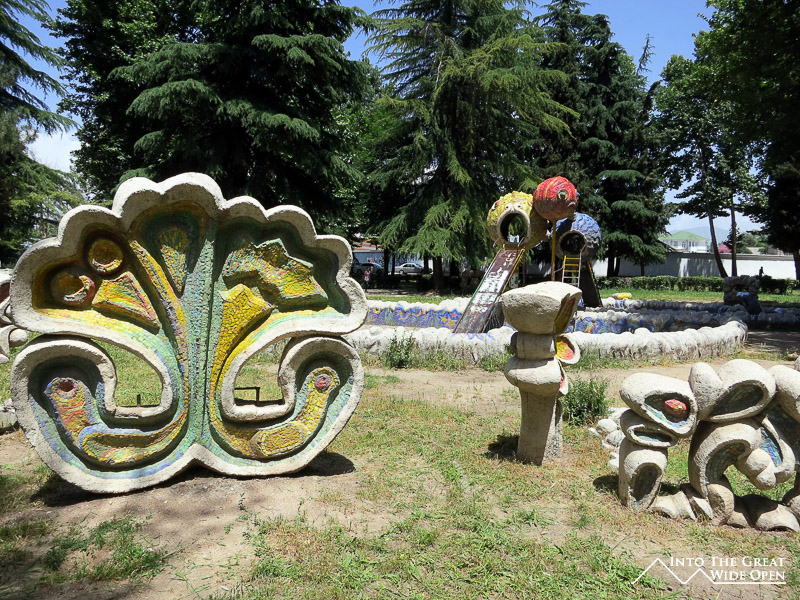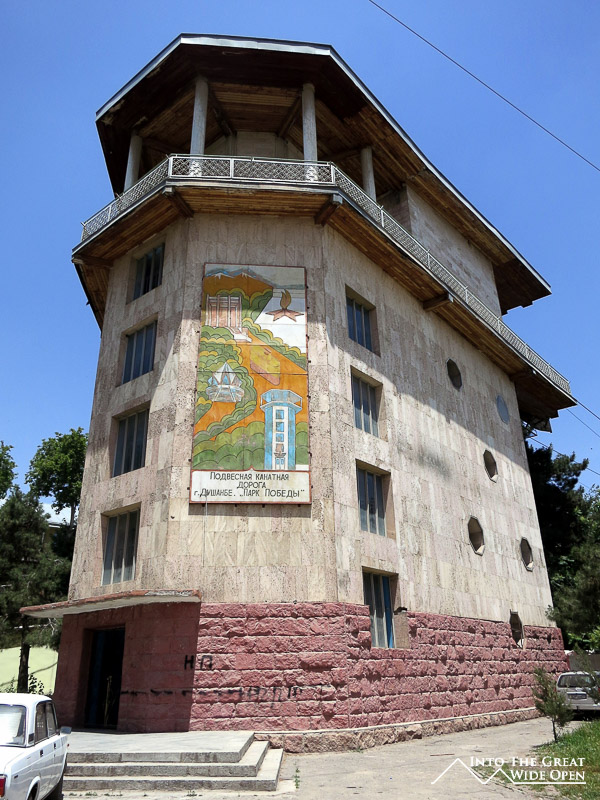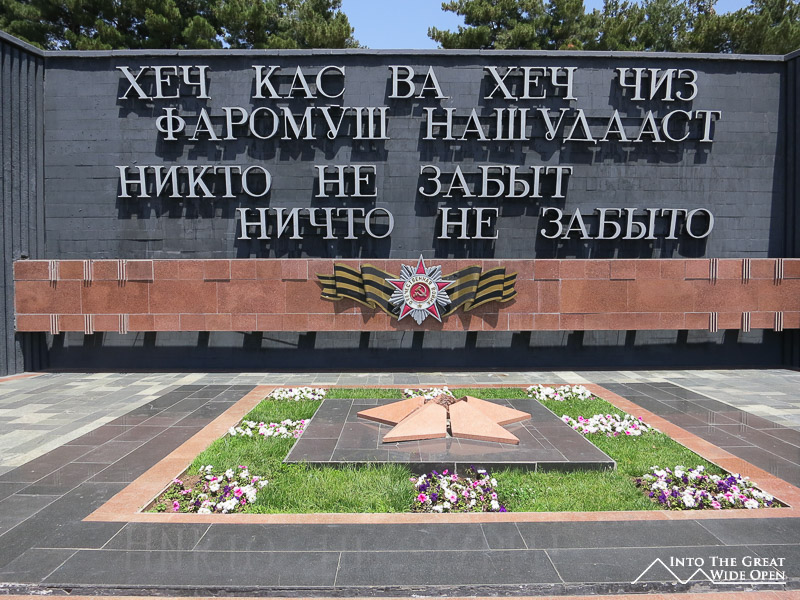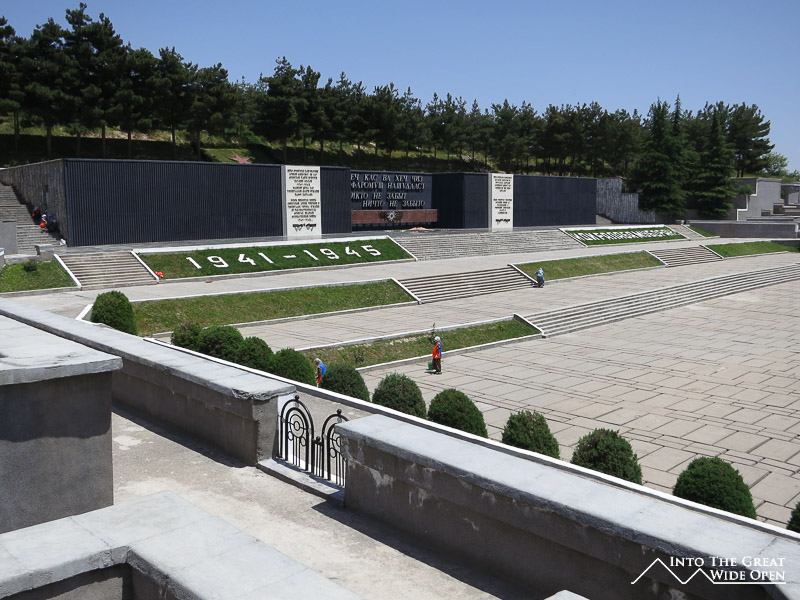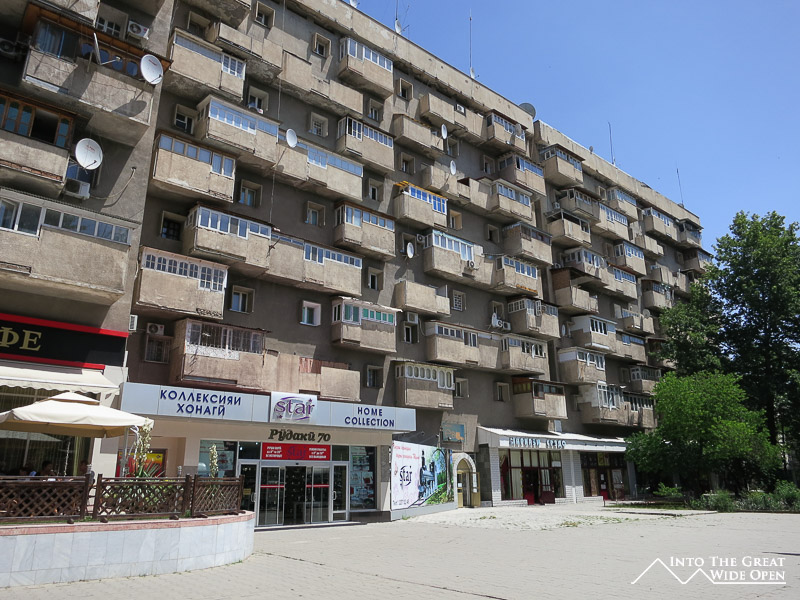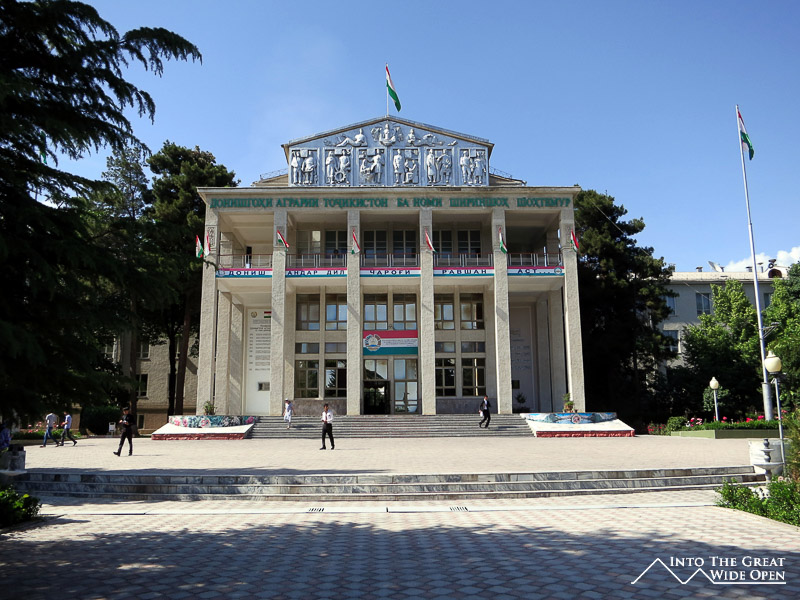Dushanbe, Tajikistan
The Tajik Capital
May 30, 2012
Open up your eyes
You can see the flames of your wasted life
You should be ashamed
You don't want to waste your life
- Counting Crows

Walking down the main streets of Dushanbe, it seems like you are in a different country than the eastern half of Tajikistan. There are definitely signs of money here, new SUVs, well kept buildings, and grand monuments and palaces. Wherever this money comes from it certainly isn’t distributed very evenly within the country. Just outside Dushanbe, and even within the city itself, vehicles are hobbled by terrible roads while giant gilded monuments sit in the main city park, dwarfing the trees below them. The new SUVs, split between foreign diplomats, NGOs, Tajik government, and private vehicles, cruise the main streets, speeding by ageing local cars. There are ancient Soviet apartments within walking distance of huge mansions and new high rise condos. All of these coexist seamlessly, as any stroll through the back streets will tell as you pass the gated residences of ambassadors, NGO headquarters, and local children playing on the often broken asphalt.

Where this money comes from is a mystery, in all my travels across Tajikistan I have yet to see a single factory, the only signs of trade I see are mostly Chinese goods coming en masse by truck across the Kyrgyz and Chinese borders. The growing influence of China is clearly seen in this city, buses appear to have been subsidized or donated by China as they display Chinese characters alongside the Tajik letters on the side, and the city’s trash and recycling baskets also bear Chinese and English signage. I met a Tajik man who had studied in Nebraska where the money came from and he thought it was from drug smuggling. My driver from Khorog to Dushanbe also said the same thing, complaining that there was money for other things just not maintaining or even building the roads that the country so desperately needs. He told me that a kilogram of heroin coming from Afghanistan costs about $2,000 US; by the time that kilogram of heroin reaches the streets of Russia it sells for over $50,000 US. That kind of money builds a lot of mansions, buys a lot of new cars, and keeps a lot of people silent.

But Dushanbe itself is a mix of the old and the new. The central park is home to the new Palace of Nations and its surrounding gardens, surely costing an excessive amount. Next to this are two monuments, one new and one old but both bizarre, which I have yet to decipher. Nearby is TsUM, an old department store that has no lights to illuminate its faded corridors and random collections of everything from cell phones to lawnmowers to children’s toys to antiques. Up the street are Reebok and Adidas stores, selling pricey Western shoes, though certainly not in my size. To the east is the Children’s Park, an inexplicable collection of frightening decaying Soviet era concrete structures with sharp edges and exposed metal rebar that probably causes more nightmares than joy for any children playing there. Further past this is the old cable car to the hilltop Victory Park that looks like it hasn’t run in at least five years. Without its operation the only access to the park is via a steep road that ends at the vast World War II monument that was deserted at mid-day, save for the few groundskeepers and maintenance staff. It occupies a magnificent spot but is poorly developed and inefficiently utilized, unfortunately like so much of the rest of Tajikistan.
